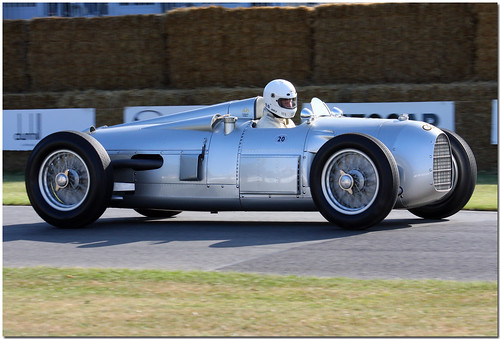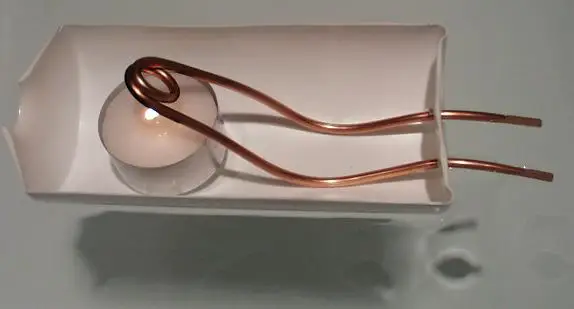LI-ghtcycle
10 MW
I have seen several water cooled units on HK, and I got to thinking, since they are designed for RC boats, and aren't used in a pressurized system (or so I am thinking) would the way they work be similar to the old "candle powered boat) that is pushed along with heated air/water though a coil around a candle that makes a little toy boat go across a pond?
If they do work this way, what's to stop us from having an unsealed water tank (much like an automotive radiator over-flow tank) with both tubes in the bottom of the tank circulating the water to cool the motor & ESC?
Has anyone else already done something to use these water cooled motors/ESC's?
If they do work this way, what's to stop us from having an unsealed water tank (much like an automotive radiator over-flow tank) with both tubes in the bottom of the tank circulating the water to cool the motor & ESC?
Has anyone else already done something to use these water cooled motors/ESC's?






